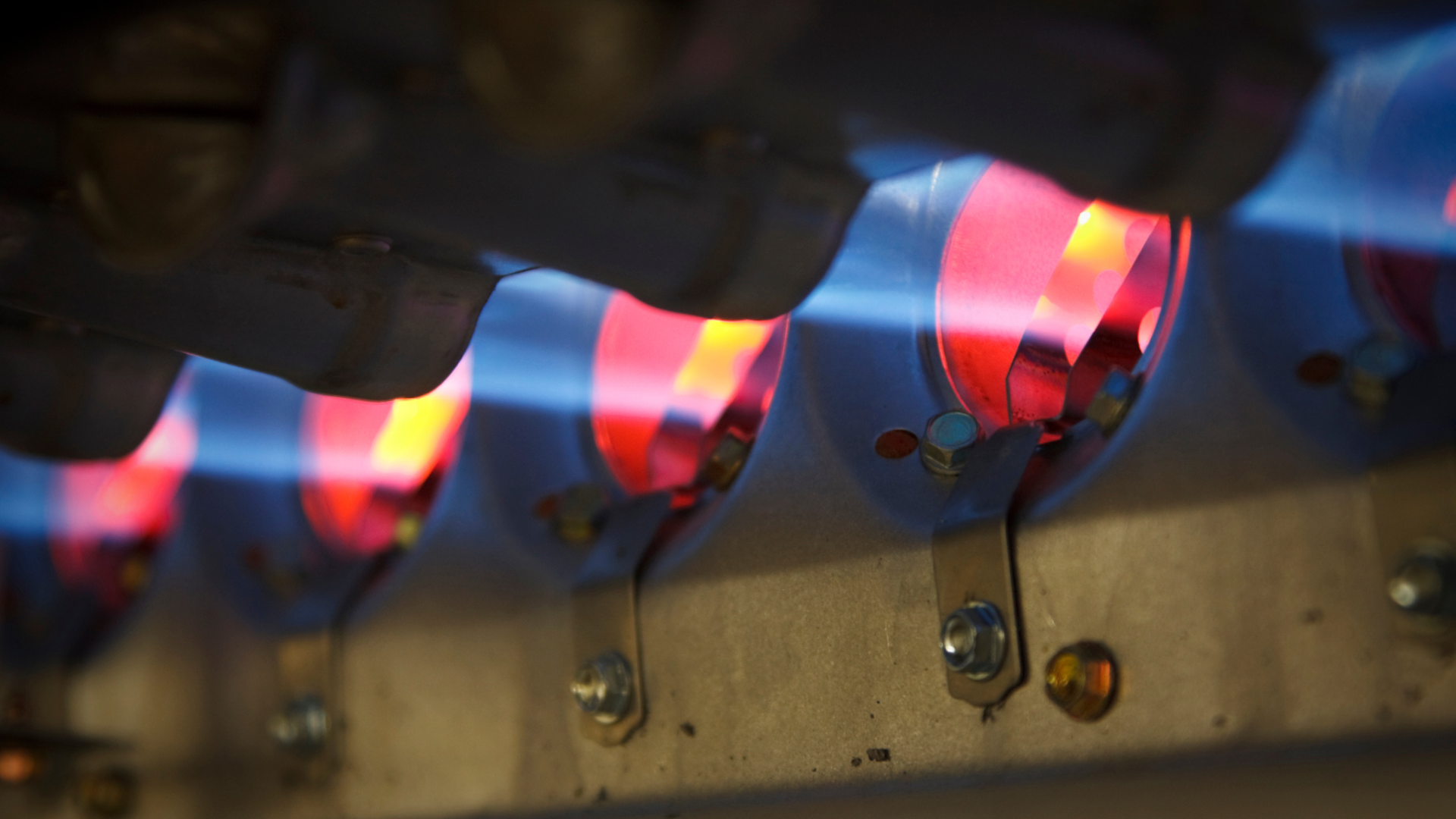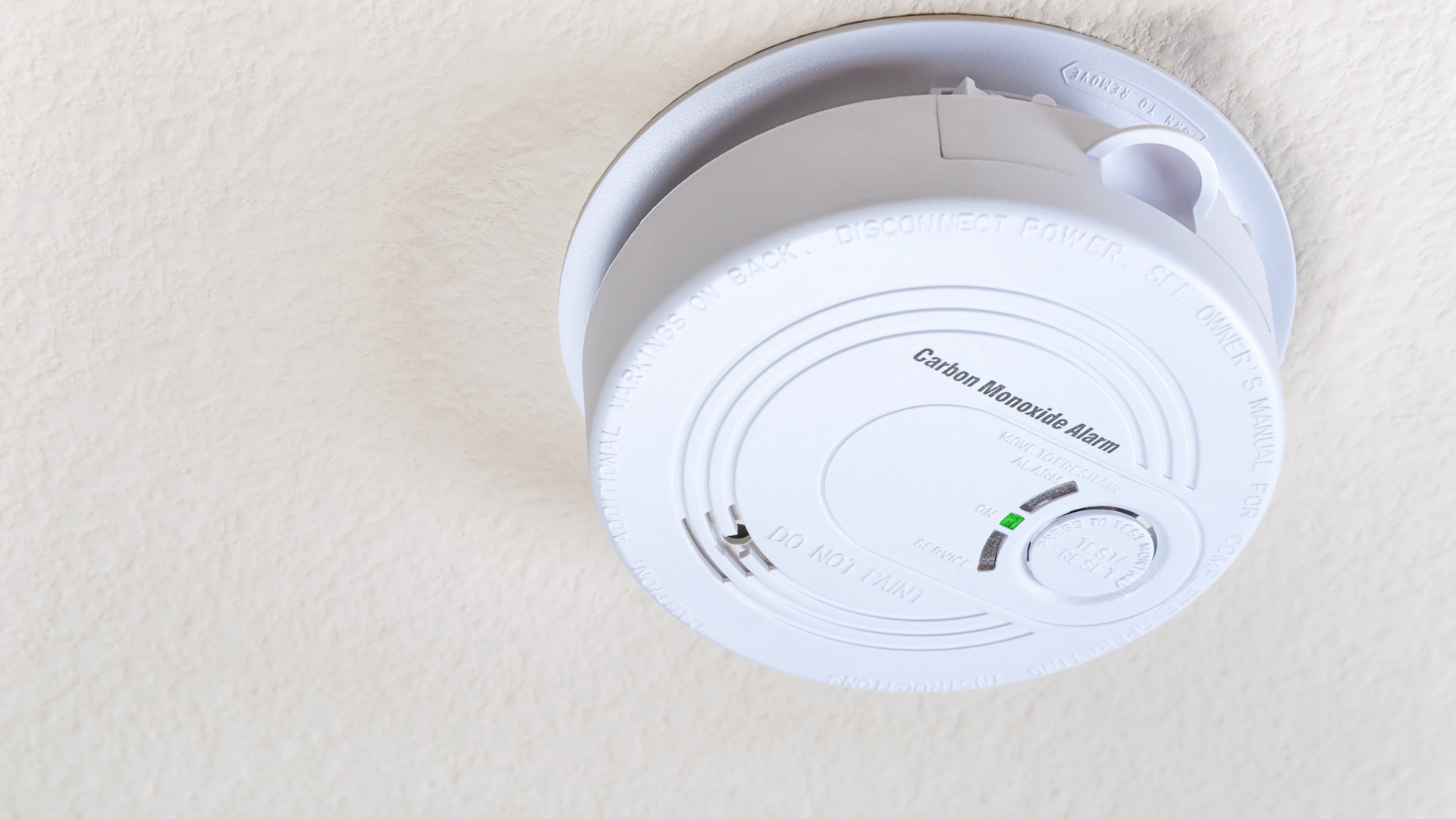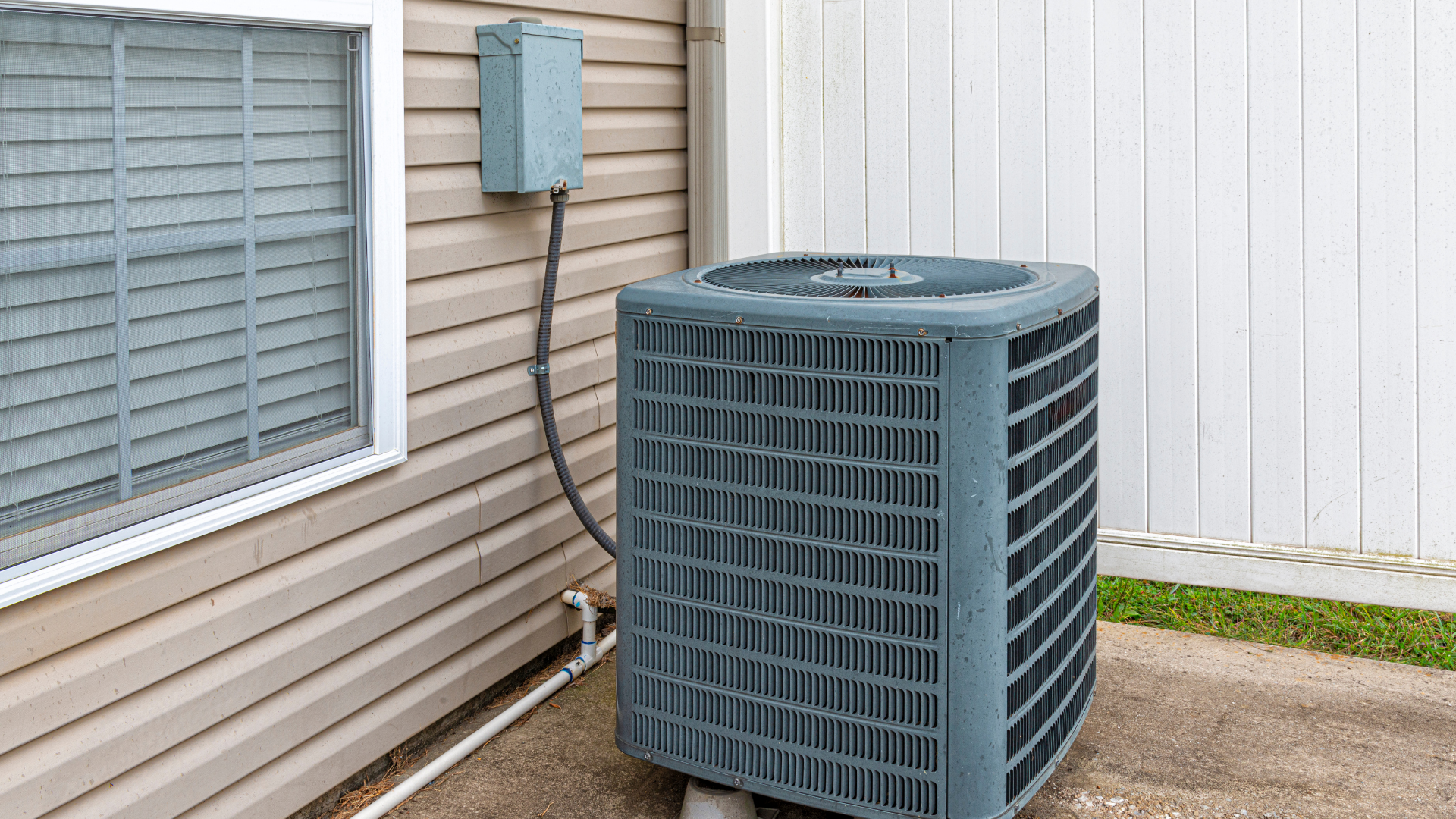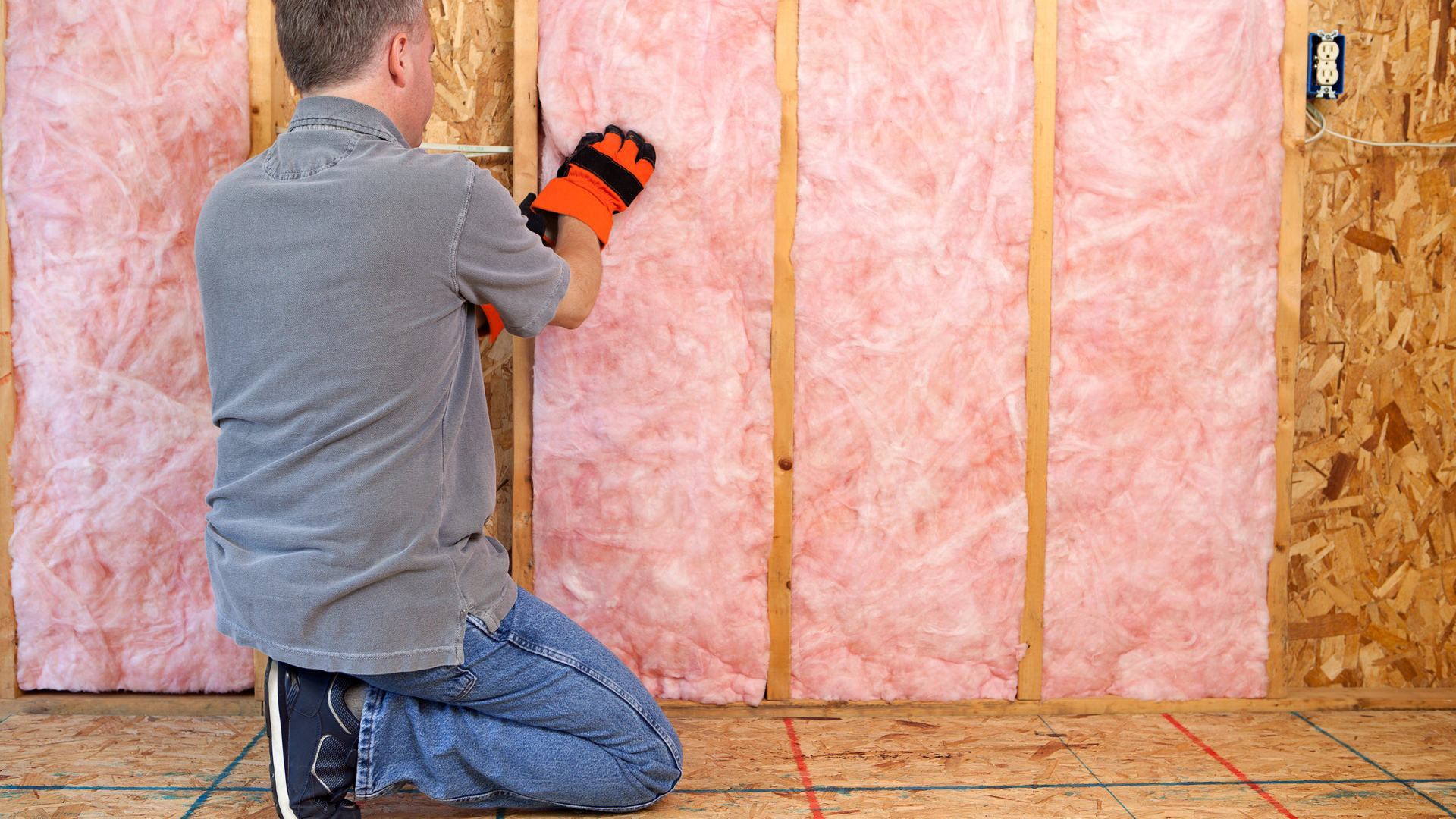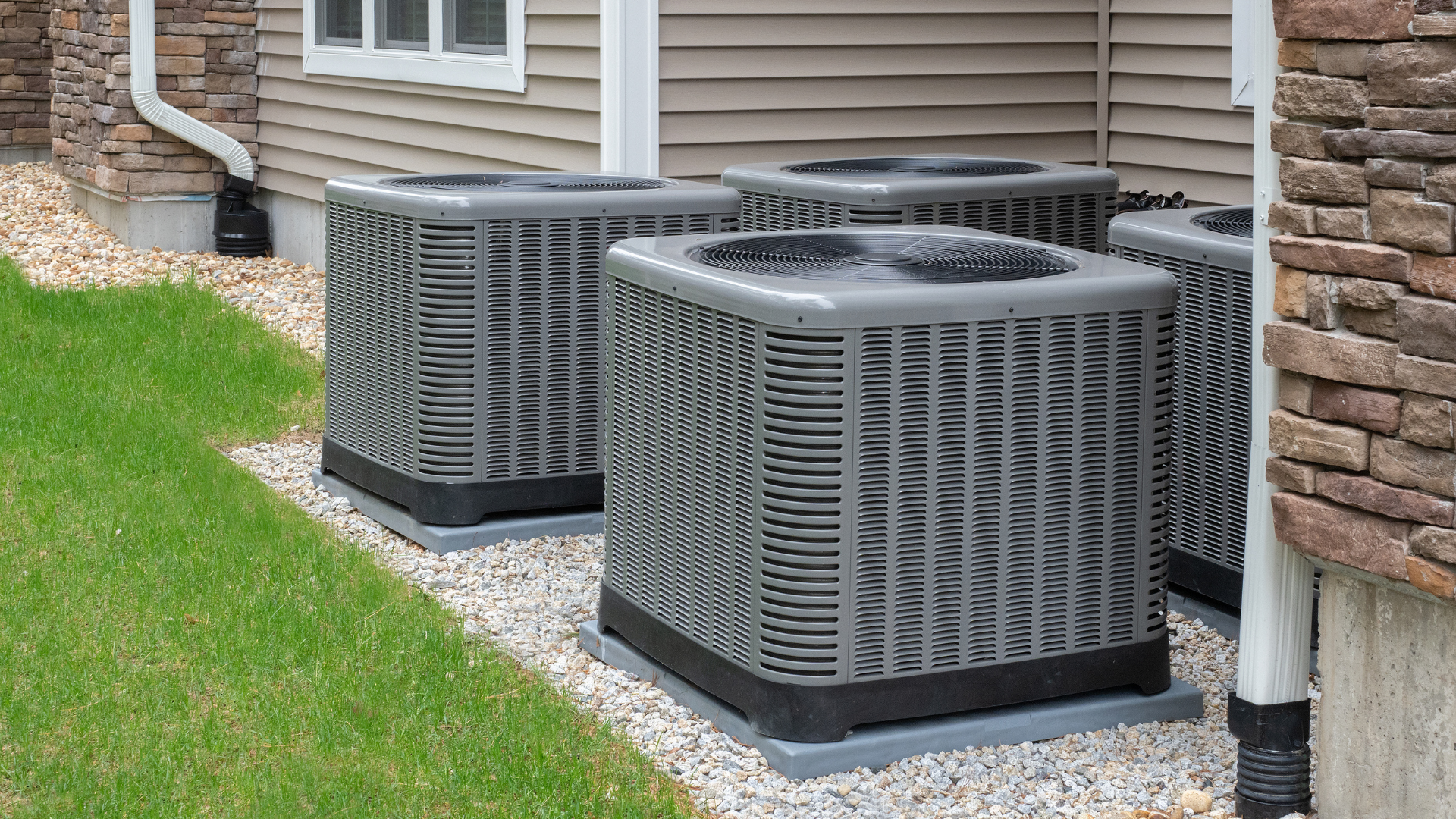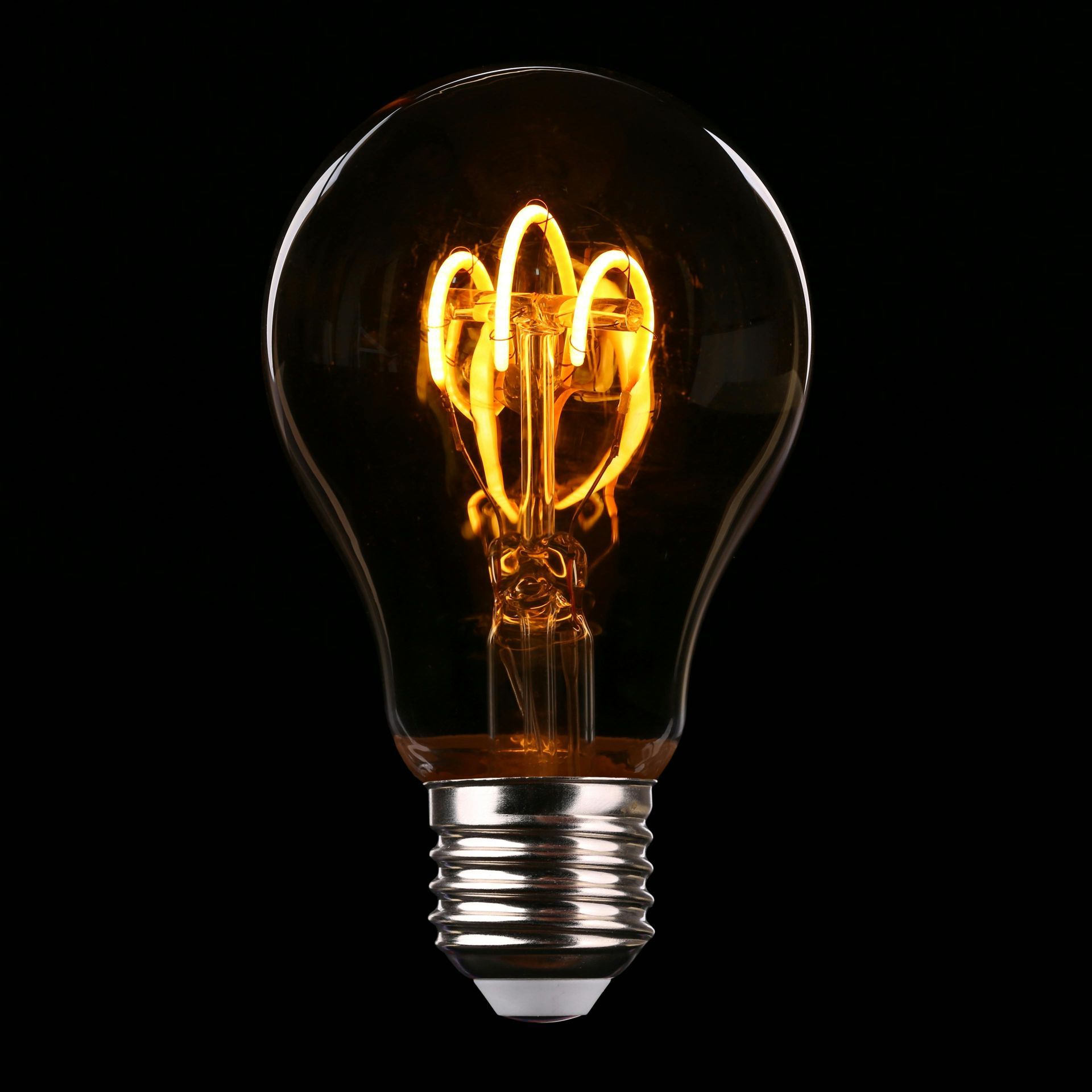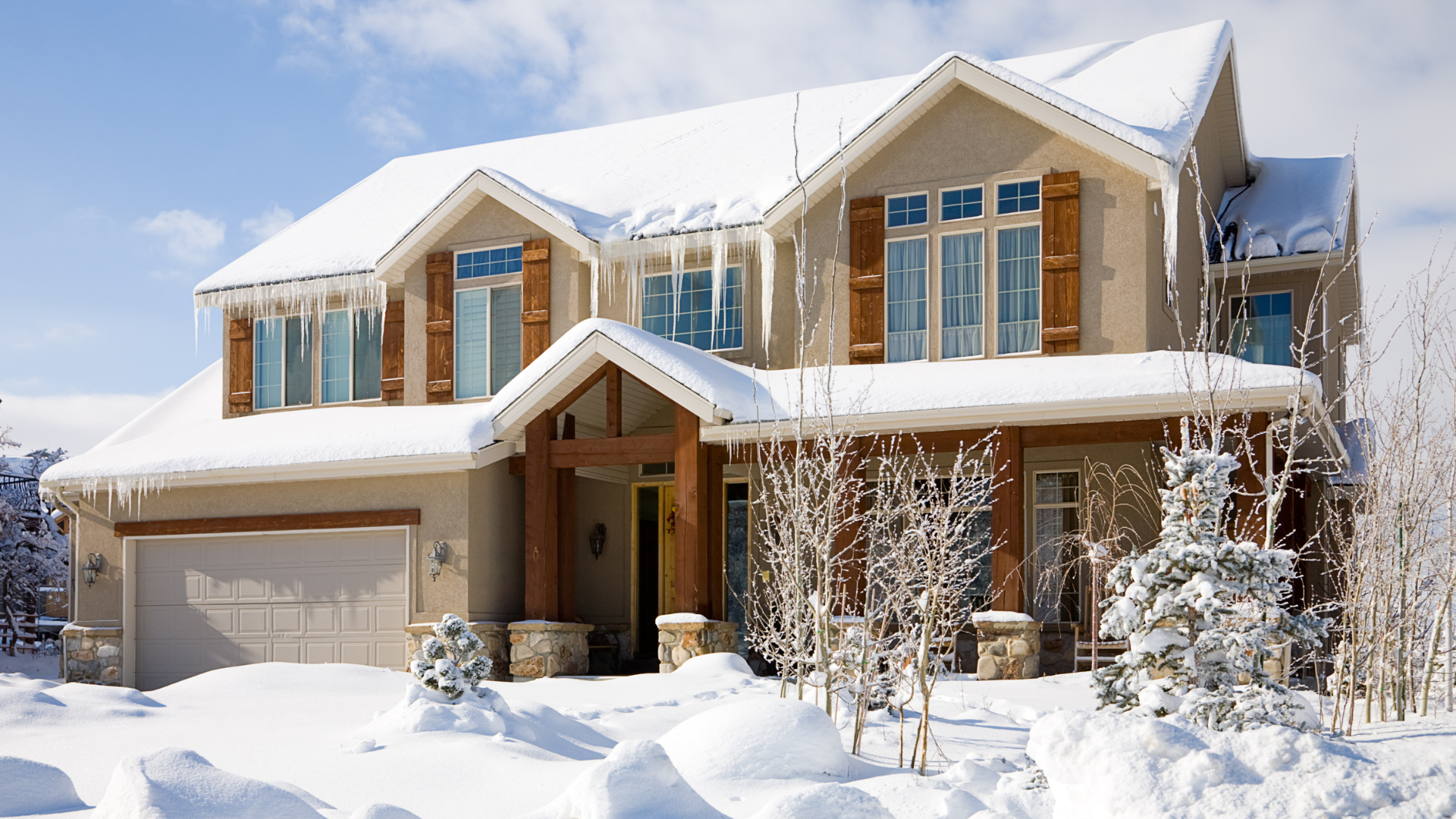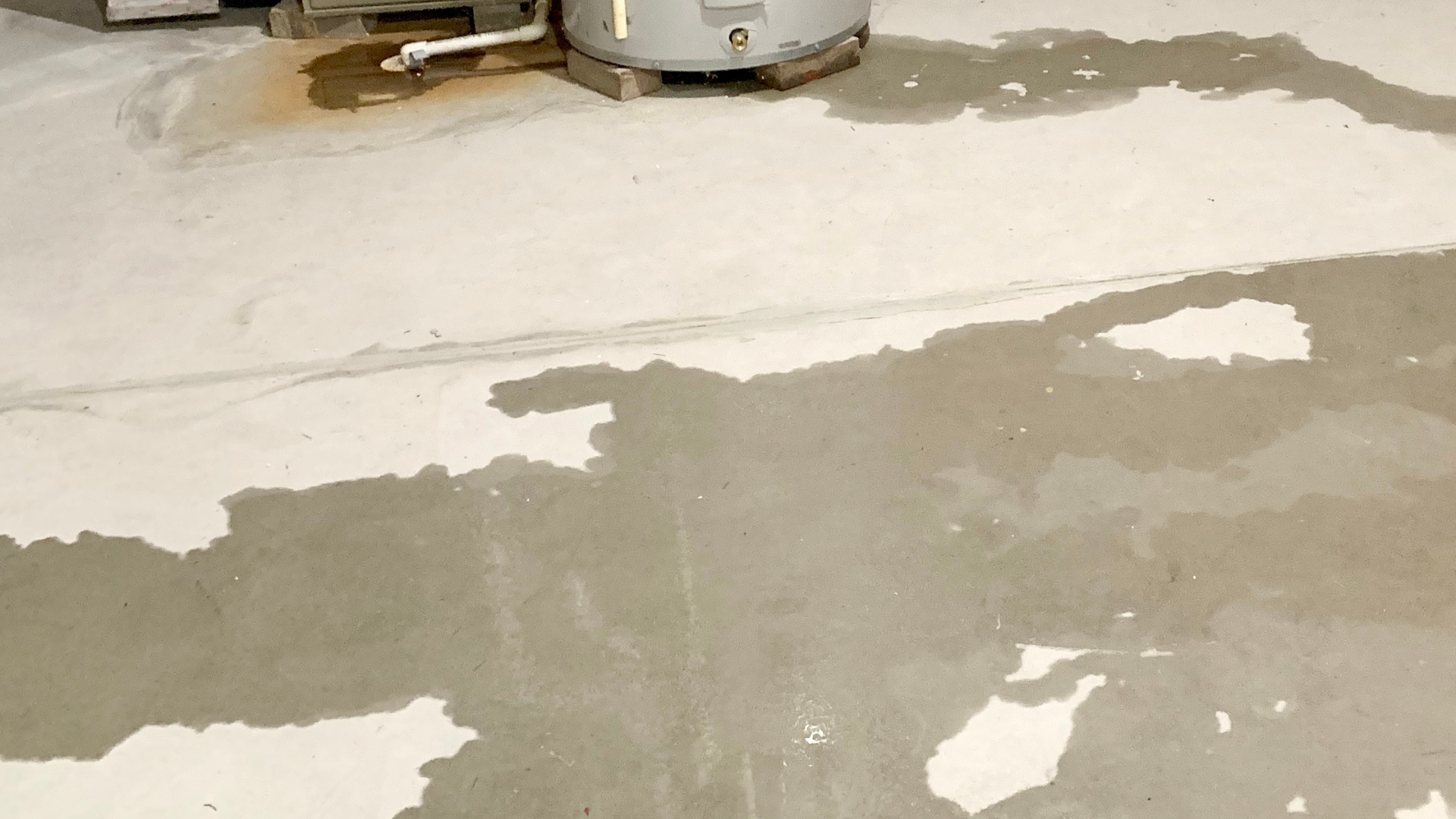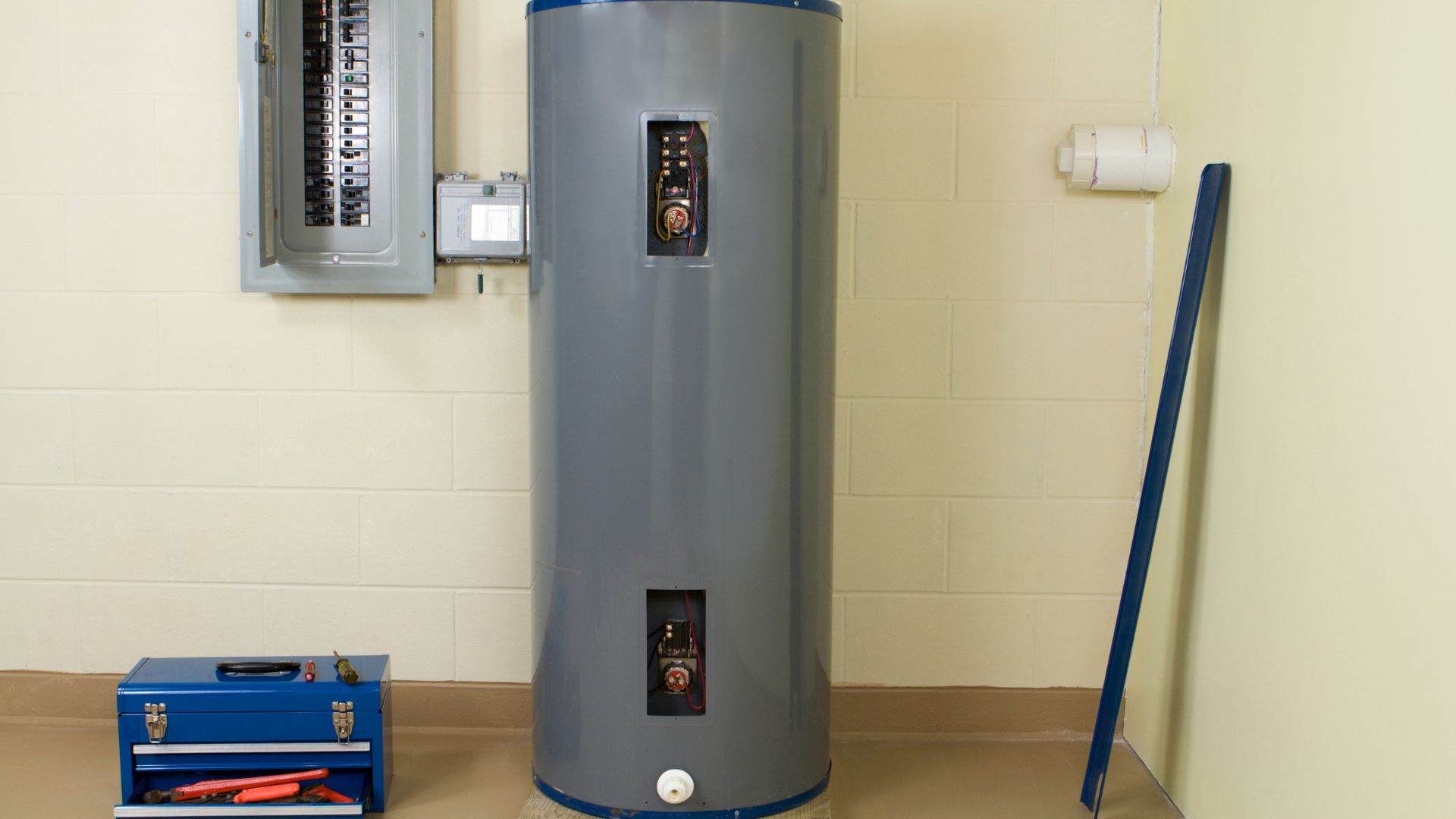Trane
Trane: A Legacy of Reliability in Home Comfort
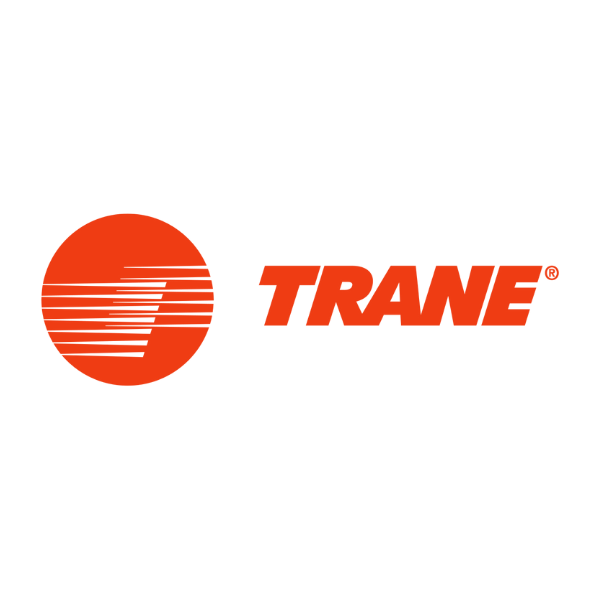
When it comes to heating and cooling, Trane is a name that resonates with homeowners seeking durable and dependable HVAC systems. With a history stretching back over a century, Trane has built a reputation for engineering robust equipment designed to withstand the test of time. This article will explore Trane's origins, typical pricing, warranty provisions, industry standing, and manufacturing locations.
A Century-Plus of Innovation
The story of Trane begins in 1885 when James Trane, a Norwegian immigrant, opened a plumbing shop in La Crosse, Wisconsin. Inspired by the region's harsh winters, he developed the "Trane Vapor Heating System," a low-pressure steam heating solution. In 1913, James and his son Reuben, an engineer, officially incorporated The Trane Company.
The 1920s saw significant innovation with Reuben's invention of the convector radiator, a lightweight and efficient replacement for bulky cast-iron radiators. Trane truly became an air conditioning pioneer in the 1930s, introducing early units for commercial spaces and, notably, the "Turvovac" in 1938, the industry's first hermetic centrifugal refrigeration machine, which revolutionized large-building air conditioning.
During World War II, Trane shifted its focus to wartime production, creating heating and cooling systems for military use, including a breakthrough "Aircraft Intercooler" that allowed Allied warplanes to fly higher and faster. In 1982, Trane solidified its residential presence by acquiring General Electric's Central Air Conditioning Division. The company was later acquired by American Standard Companies in 1984 and then by Ingersoll Rand in 2008. In 2020, the industrial tools business was spun off, and the remaining company was renamed Trane Technologies plc, a global climate innovator.
Price Point: A Premium for Durability
Trane HVAC systems are generally considered to be in the premium price range. While the initial cost of a Trane unit might be higher than some competitors, many homeowners see it as an investment in long-term reliability and efficiency.
For just the AC unit, homeowners can expect to pay between $4,200 and $5,900. However, the total installed cost for a complete Trane AC system typically ranges from $8,600 to $16,000. Heat pump installations can range from $8,600 to $16,000, and geothermal heat pumps can be as high as $12,000 to $30,000. Higher-end models with variable-speed compressors and advanced SEER ratings will naturally be more expensive upfront but offer greater long-term energy savings.
Warranty Offerings
Trane offers a tiered warranty structure to protect your investment:
- Base Limited Warranty: This applies if a product is not registered or registered more than 60 days after installation. It typically covers parts that fail due to manufacturer defects for 5 years, though this can vary by product. Labor costs are not included.
- Registered Limited Warranty: By registering your Trane product within 60 days of installation, you can extend parts coverage to up to 10 years for most products. Some select units may receive up to 12 years on the compressor and 20 years on the heat exchanger. This warranty also does not cover labor costs but can be transferable for a fee (typically $99) within 90 days of a home sale if the unit was registered after August 1, 2011.
- Optional Extended Warranty: Homeowners can purchase additional extended warranty plans through their Trane dealer. These plans can cover parts and, importantly, labor costs for extended periods (5, 10, or 12 years) and are often fully transferable to new homeowners if the property is sold.
It's crucial to register your product and consult your Trane dealer for specific warranty details tailored to your chosen model.
Reputation: Built to Last and Perform
Trane has earned a strong reputation for durability, reliability, and energy efficiency. Their slogan, "It's Hard to Stop a Trane," speaks to their commitment to robust construction. The company rigorously tests its HVAC units for 16 weeks in its Systems Extreme Environmental Test (SEET) lab in Tyler, Texas, simulating five years of wear and tear to ensure longevity. Trane also manufactures many of its parts in-house to maintain quality control and system compatibility.
Customers and industry professionals often praise Trane for their quiet operation, especially in higher-efficiency models, and their ability to maintain consistent indoor comfort. Trane's advanced technologies, such as variable-speed compressors and intelligent controls, contribute to their high SEER2 ratings (up to 21.5) and energy-saving performance.
While overwhelmingly positive, some customer complaints, primarily found on consumer review sites, occasionally mention issues with customer service or the handling of warranty claims, often stemming from communication between Trane, dealers, and parts suppliers. However, these appear to be isolated incidents compared to the brand's widespread positive acclaim for product performance.
Where Trane HVAC is Manufactured
Trane Technologies, the parent company of Trane, operates manufacturing facilities globally. For their HVAC equipment, key production sites include:
- United States: Trane has significant manufacturing operations in the U.S., including a notable expansion in Grand Rapids, Michigan, which focuses on producing air-cooled chillers for commercial applications, including data centers. Their Systems Extreme Environmental Test (SEET) lab is located in Tyler, Texas.
- Europe: Trane has a major European manufacturing facility in Charmes, France, which celebrated 50 years of innovation in 2024. This facility produces chillers, heat pumps, and rooftop units for commercial and industrial buildings worldwide.
Trane Technologies emphasizes global production with consistent quality standards across its facilities.
Conclusion
Trane stands as a leading brand in the HVAC industry, synonymous with robust construction and reliable performance. While their systems represent a higher initial investment, the long-term benefits of energy efficiency, quiet operation, and a comprehensive warranty often justify the cost for homeowners seeking dependable comfort. With a rich history of innovation and a commitment to rigorous testing and global manufacturing, Trane continues to be a top choice for residential heating and cooling needs.
Sources:
- Trane: A Legacy of Innovation: https://www.trane.com/residential/en/resources/blog/press-releases/legacy-innovation-trane-celebrates-century-service/
- Trane Technologies - Wikipedia: https://en.wikipedia.org/wiki/Trane_Technologies
- Today's Homeowner: How Much Do Trane Air Conditioning Units Cost?: https://todayshomeowner.com/hvac/cost/trane-ac-unit-cost/
- Modernize: Trane Air Conditioners Review: 2025 Costs, Features, Pros & Cons: https://modernize.com/hvac/best-air-conditioner-brands/trane
- Greenleaf Air: Trane HVAC Warranty Explained: What's Covered, How To Register & Lookup Info: https://greenleafair.com/trane-hvac-warranty-explained/
- Trane: Trane Warranties: Everything You Need to Know: https://www.trane.com/residential/en/resources/blog/trane-warranties-explained/
- This Old House: Trane Air Conditioner Review (2025): https://www.thisoldhouse.com/heating-cooling/trane-ac-review
- BBB: Trane Complaints: https://www.bbb.org/us/nc/davidson/profile/residential-air-conditioning-contractors/trane-0473-273541/complaints
- Consumer Affairs: Trane Reviews: https://www.consumeraffairs.com/homeowners/trane.html
- Trane Commercial HVAC: Trane® by Trane Technologies Expands Manufacturing Operations in Grand Rapids, Michigan: https://www.trane.com/commercial/north-america/canada/en/about-us/newsroom/press-releases/trane-by-trane-technologies-expands-manufacturing-operations-in-grand-rapids-michigan-to-address-growth-in-data-center-and-high-tech-markets.html
- Trane Europe: Trane Manufacturing Facility in Charmes, France Celebrates 50 Years of Innovation: https://trane.eu/uk/about-trane/press-release-details.html?Id=32
Click Another Article to Read More

